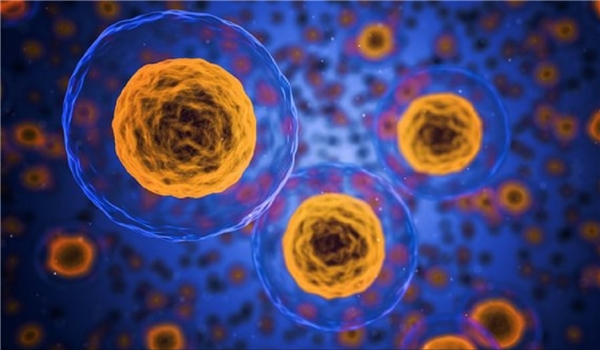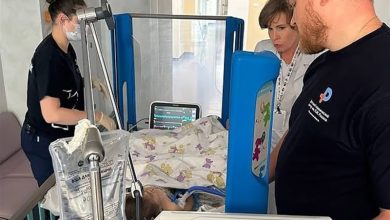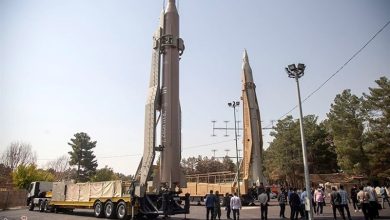Iranian Researchers Develop Nano Biosensor to Find Cancer Cells

Iranian researchers at Sharif University of Technology manufactured a new home-made biosensor based on nanotechnology to diagnose cancer cells.
“We used nanotechnology to produce this biosensor. It can be applied to diagnose different types of cancer,” Elaheh Kazzemi Rahmatabadi, one of the researchers, said on Monday.
“In this method, we worked on people’s cell samples and measured the amount of telomerase enzyme, and the high level of this enzyme indicates cancer,” she added.
Iranian materials engineering researchers from Sharif University of Technology had also earlier produced a biosensor for the early diagnosis of cancer.
The sensor was made of nanostructured materials, and has high sensitivity and stability while it can be produced through a cost-effective method.
One of the most famous genes in cancer researches is TP53 tumor gene. The determination of its mutation is an important parameter in the detection of tumor respond to treatment. Aggressive growth of some types of cancers is caused by the mutation of this gene. Therefore, the detection and investigation of specific sequence of the gene can be very useful to observe the progress of cancer and treatment of the patient. It can be concluded that the production of a very sensitive biosensor and the development of quick DNA detection methods are vital for early diagnosis of cancer. Among the present methods, electrochemical biosensors provide the chance for simple, quick and sensitive detection of DNA sequence (hybridation phenomenon).
The aim of the research was to produce and study an ultra sensitive nanobiosensor for quick detection of DNA sequences related to the mutation of cancer genes, including TP53, for early diagnosis and treatment of cancers in humans. TP53 cancer gene has been introduced as one of the most famous genes in cancer researches.
Simple production method, low cost, quick response, high sensitivity and wide linear detection range are among the characteristics of the produced nanobiosensor. The sensor also has appropriate stability (14 days) and selectivity, and it has the ability to be reproduced.







